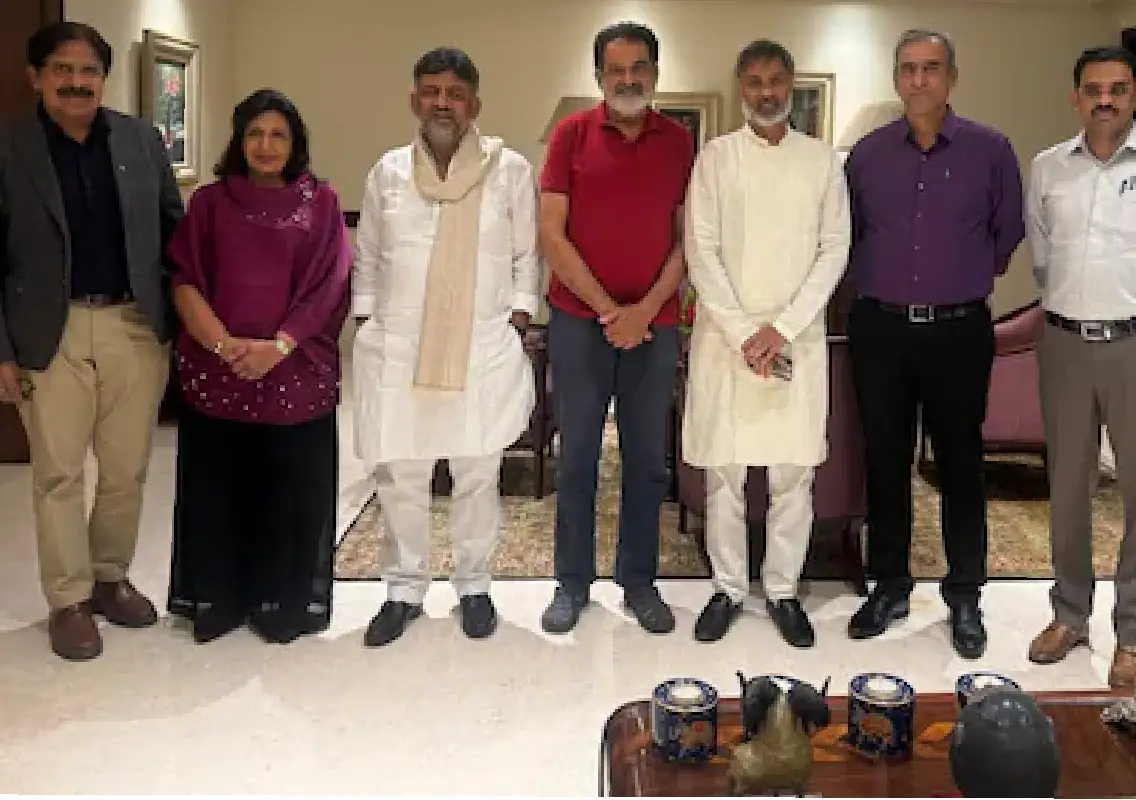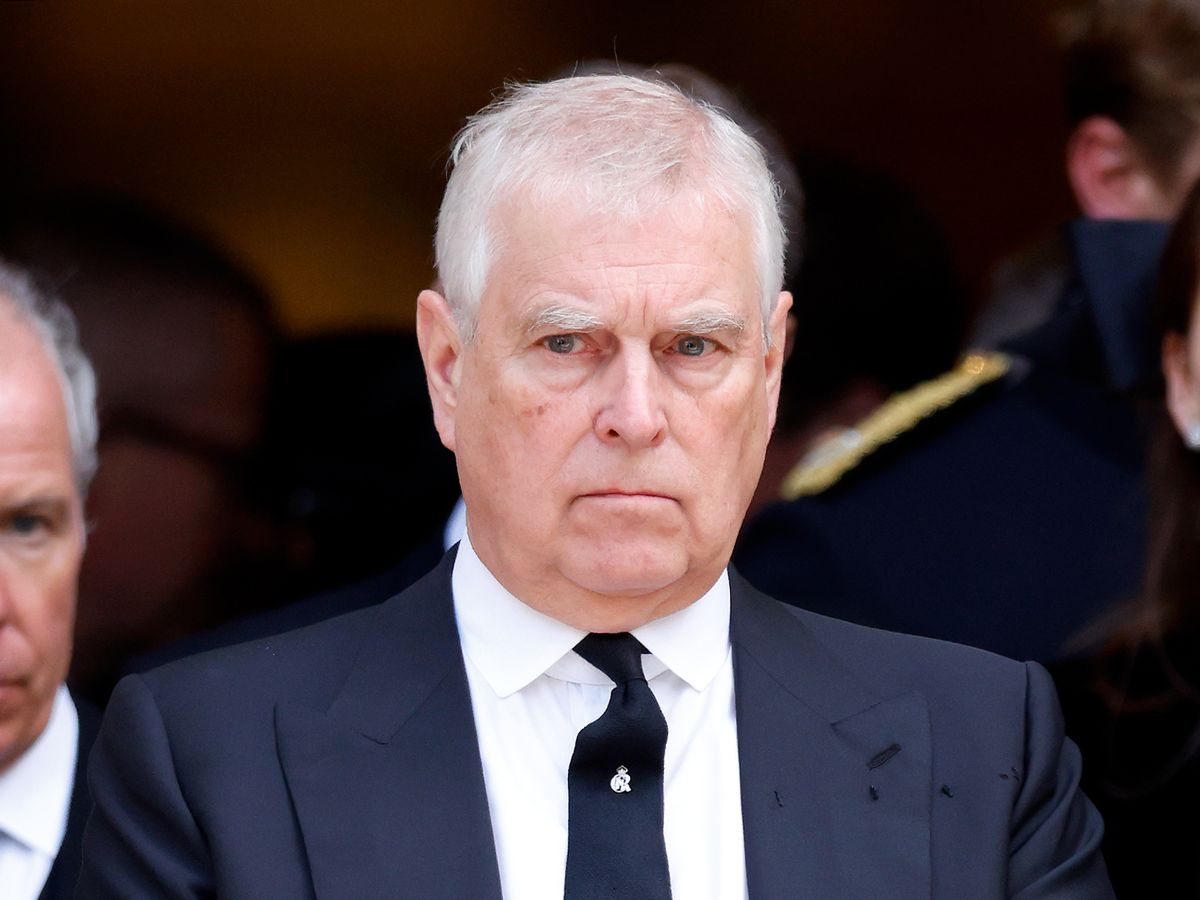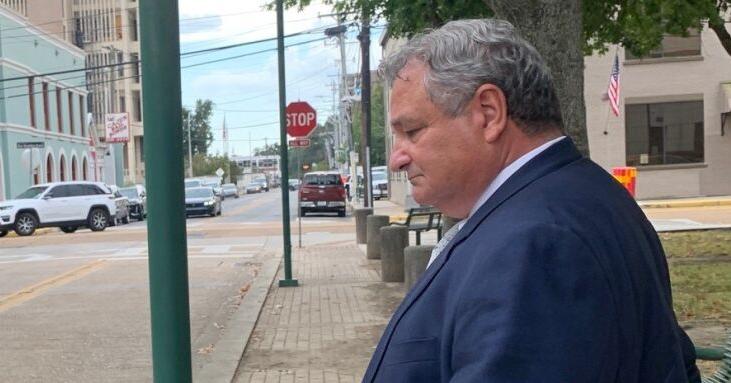Copyright newskarnataka

Bengaluru: After several months of delay, the long-awaited Phase 3 of Namma Metro is finally set to move into the execution stage. The Bangalore Metro Rail Corporation Limited (BMRCL) has announced plans to invite tenders for the construction of the 28.4-kilometre corridor linking JP Nagar 4th Phase to Kempapura in Hebbal, marking a key milestone in Bengaluru’s metro expansion. Project finally gains momentum after delay The Central Government had approved the project nearly a year ago, but the tendering process faced repeated postponements. Officials attributed the delay to the complex design of the double-decker viaduct, which will integrate both a metro line and a flyover on the same structure — the first of its kind in India. With the detailed design phase now complete, BMRCL is preparing to float tenders, according to a report by Bangalore Mirror. The long-pending step has drawn praise from commuters who have been eagerly awaiting progress on the project. Corridor to connect major localities across Bengaluru The JP Nagar–Kempapura corridor will pass through several key neighbourhoods, including Kamakya, Kadirenahalli, Hosakerehalli, KHB Colony, Kamakshipalya, Mysuru Road, Nagarabhavi Circle, Papareddypalya, Sumanahalli Cross, Nagashettihalli, and Kempapura. The stretch will feature 30 stations, including seven interchange points that will link to existing and upcoming metro routes, improving last-mile connectivity across south, west, and north Bengaluru. To streamline work, BMRCL will divide the project into ten construction packages, covering viaducts, metro stations, and depots. India’s first double-decker integrated structure A major highlight of Phase 3 is the introduction of India’s first double-decker integrated metro and flyover system, covering 37.12 kilometres. This includes the 28.4-kilometre JP Nagar–Kempapura corridor and an 8.6-kilometre elevated section between Hosahalli (Magadi Road) and Kadabagere. The ₹9,700-crore project received approval from the State Cabinet in September 2025. It will serve as a model for future multi-use infrastructure in other Indian cities. Funding and cost structure Funding for Phase 3 will come from a mix of sources — State Government: 50% of total cost Central Government: 10% contribution Loans: 40% to be financed through domestic and international agencies The overall cost of Phase 3 is estimated at ₹15,611 crore. The Japan International Cooperation Agency (JICA) has agreed to provide a ₹7,577-crore loan, which will include the procurement of new rolling stock and systems. For comparison, Phase 1 (42 km) expanded from ₹6,395 crore to ₹14,133 crore, while Phase 2 (72 km) rose from ₹26,405 crore to ₹40,614 crore. Revised timelines and impact on commuters Originally, BMRCL had aimed to complete the Phase 3 corridor by 2029, but with the planning and tendering delays, the operational date has now been pushed to 2031. Once completed, the corridor will greatly ease congestion in west and north Bengaluru, connecting major residential zones with business and IT hubs. The city’s current 97-kilometre metro network, which carries nearly 10 lakh passengers daily, will expand significantly — reinforcing Bengaluru’s position as India’s second-largest metro system after Delhi. Future expansion under Phase 3A In addition to Phase 3, BMRCL is planning Phase 3A (Blue Line), a 36.59-kilometre Sarjapur–Hebbal corridor featuring 14.45 km of underground and 22.14 km of elevated tracks. The new line will include 28 stations (11 underground and 17 elevated) and is expected to ease traffic on key arterial roads connecting residential areas and IT corridors. Despite slightly higher fares compared to other cities — a 30-kilometre ride costs around ₹90 — commuters continue to prefer the metro for its speed, reliability, and comfort. A step forward for urban connectivity With tender invitations now on the horizon, Phase 3 marks a crucial milestone in Bengaluru’s metro journey. The double-decker corridor is expected to redefine urban transport design, paving the way for a faster, more efficient, and interconnected city.



